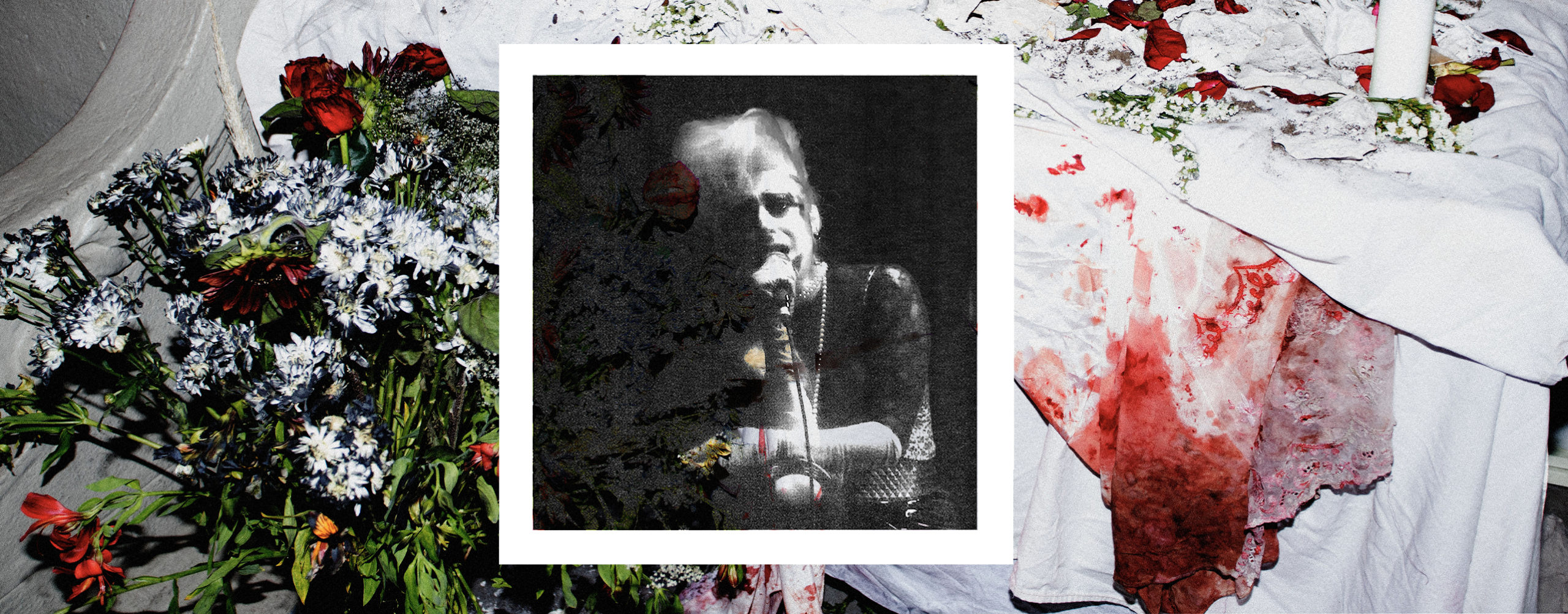Article by Montserrat Piffaut and Esperanza Mena.
The sound of Santiago, the Chilean capital, is very diverse; beats ranging from industrial techno and electro to ghetto and drum and bass can be heard in every corner. Whether at a club or a rave, electronic music lovers can find a variety of parties and events throughout the year.
Often the attendees are people of different ages, genders, and cultures who come together for one thing in common: music. Thanks to it, spaces of encounter and resistance are generated, where it makes people feel free and open to enjoy its ethereal atmospheres.
Although the sound of electronic music has been resonating for years in the metropolis, after the pandemic new musical phenomena have emerged that have given a touch of freshness to the scene, currently with important parties.
Anexo: a range of styles
It started as a small after party, but has mutated to become part of the set of parties that have been maintained in the long term. Characterized by its dark atmosphere, the drag visuals in the performances of Catarsis (Enzo Donatelli), and industrial techno, Anexo’s parties have been frequented by emblematic artists of the national scene such as Katalina Schwarz, Delia, and Kamila Govorcin.

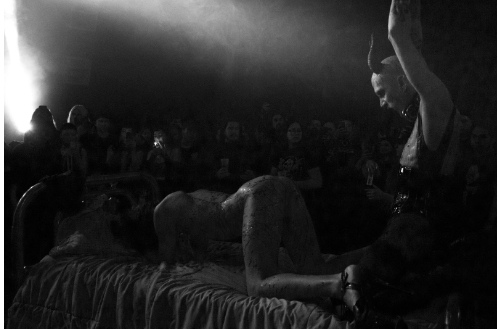
In turn, it has positioned itself with an international character after inviting producers such as Selofan (Greece), Filmmaker (Colombia), and this Friday, June 30, McLaren (Argentina) at its anniversary party. On this occasion, more hours of music were recently added with DJ sets by Zanias B2B Neu-Romancer (Australia), Spinal B2B Vnzo, and Carlos Humus. The event will be held in a new venue that meets all the necessary conditions and security backups.
To make the musical curatorship, the team of friends composed by Enzo, Nico, and Mati, let themselves be carried away by their tastes, and dare to surprises without major influences or prejudices. Thus generating an artistic proposal that covers all ages and styles of the capital’s sound. This has given them a space to those new projects that are not so well known, but stand out for their talent. And that, for them, is what differentiates Anexo.
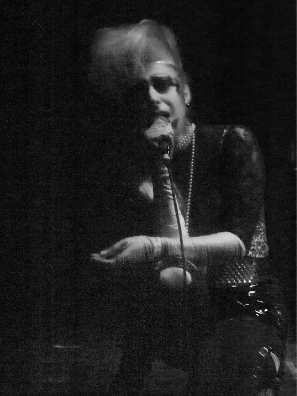

Latin club in the capital
At the end of 2022, DJS ICZ and Caro Subito gave life to Club Core. After sharing the desire to play in a place where their music would be understood, they agreed on their musical tastes and interest in the Latin club. What defines them? To be a dissident party where promoting Latin American music and feeling safe dancing is the most important thing.
Today, they have held five editions. The last one was a collaboration with Martirio Colectivo, where artists such as Escorpio, Pululosz, and Lilen performed. Their line ups have included renowned producers from the Latin American scene such as Corredor (Colombia), Rattlesnakke (Argentina), and Elplvybxy (Argentina). Over time, Club Core has seen how they have been achieving an increasingly better reception, consolidating an audience that is increasingly willing to listen.
About this, they believe that there have to be changes for there to be avant-garde. A work that other parties did in the past and that managed to expand the musical diversity in the capital. Regarding the Latin club, they comment that it is being a phenomenon in places like Europe. This is reflected in the fact that renowned DJS such as VTSS play tracks from the local scene. “The music being made in Latin America mixes so many things that it is inevitable to make you dance,” they say.
The parties that have emerged have featured presentations by new artists who have cemented their way effervescently in recent times. Such as Cristobal Alzerréca (dilunar) and Cris (Sukubito).

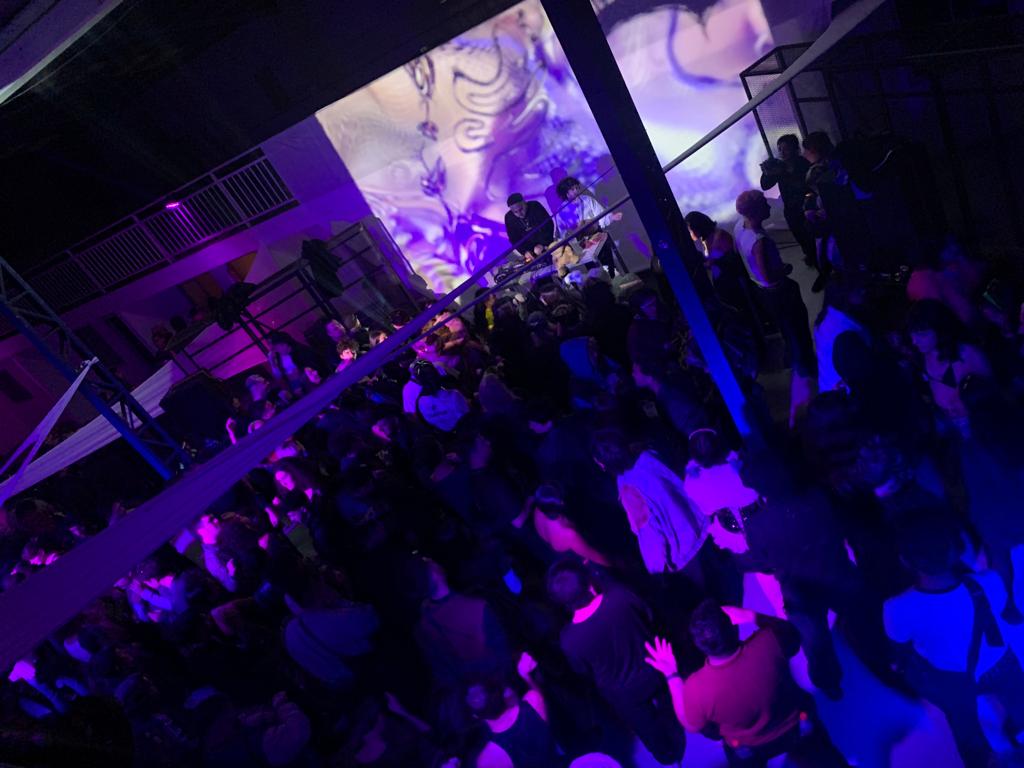
The pop of dilunar
A native of Maipú, dilunar began in 2019 to produce and create electronic music with Andravoid, a duo that he and a friend formed. Some time later, he began to release music under his pseudonym on the internet, which he adopted as his stage name. Little by little, his sound began to resonate with his friends and also outside his circle, who often came to him when he mixed as a DJ at different parties.
On what inspires him and what he seeks to achieve with his music, he responds: “The performances of queer artists fed and shaped my artistic-political thinking and criteria, which has been an inspiration to this day; that is the vibe, the environment I seek”. Dilunar’s music is diverse: “When I’m asked to define myself, I feel like I don’t fit into anything. Like I’m not techno, I’m not pop, but I’m still techno and I’m also pop. Of course, pop and queer are always the common threads,” he says.
He will soon travel abroad to play his music and will release an EP that he defines as the most techno and dark he has ever released. After that, he will dedicate himself to producing more pop.
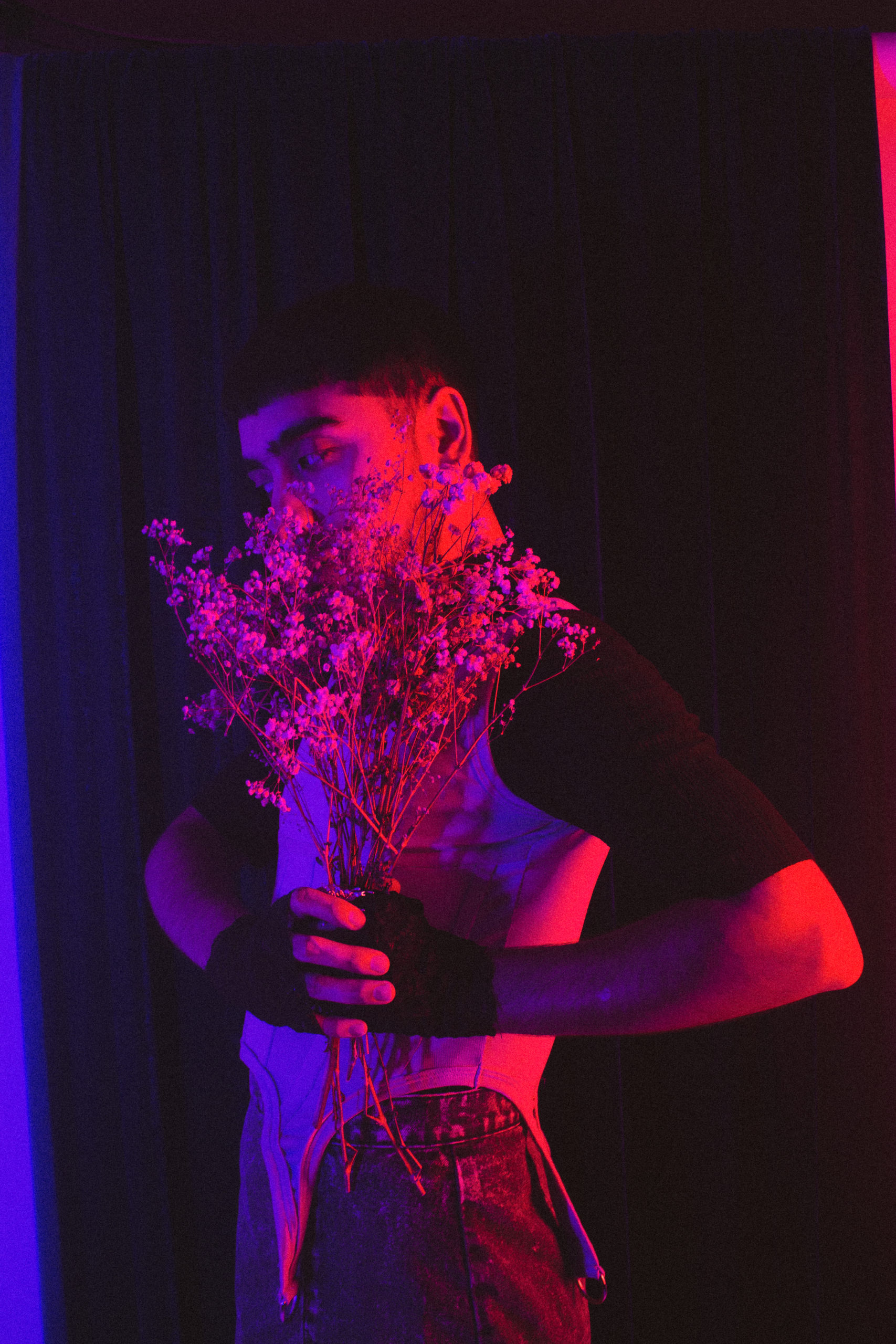
Machines, experimentation, Sukubito
This is an emerging artist who emerged in the pandemic after starting to make money teleworking. There, he found himself with enough time and capital to fulfill the dream he had as a teenager: to start putting together a set up of synthesizers and drum machines.
Sukubito’s notoriety was born by chance, experimenting with machines. Which led him to upload his improvisations and creations to Instagram, where he gradually gained attention. “I started to have that notion of my music towards other people, in an environment that wasn’t just from me to me, but in one of listening to an other,” he comments. In addition, she believes that the special thing about her project is that she only uses instruments and machines, without a computer.
Cris (as she is also called) won the “Ladridos” scholarship, which gave her a residency with Nicolas Jaar’s label. An opportunity that helped her learn about new forms and methods of musical organization and composition. About what she is currently doing and what is to come, she says: “I don’t feel like I need to release an album tomorrow or something, but I’m in a planning process to make this as sustainable as possible over time and to keep it in my life”.


Both artists remain in force and present in the varied parties of the capital’s electronic circuit. In turn, these new parties have emerged to stay in the underground scene. Contributing to the development and expansion of different spaces and sounds in the city, building an electronic culture rich in styles, character, and identity.
